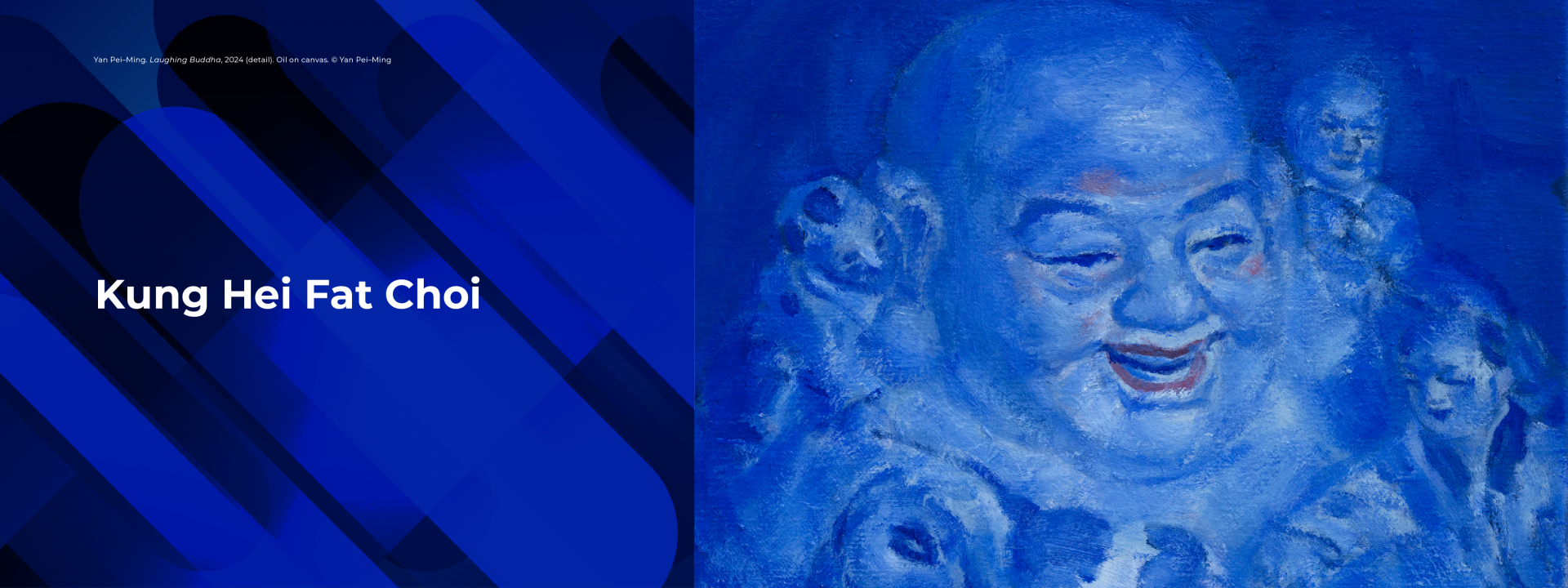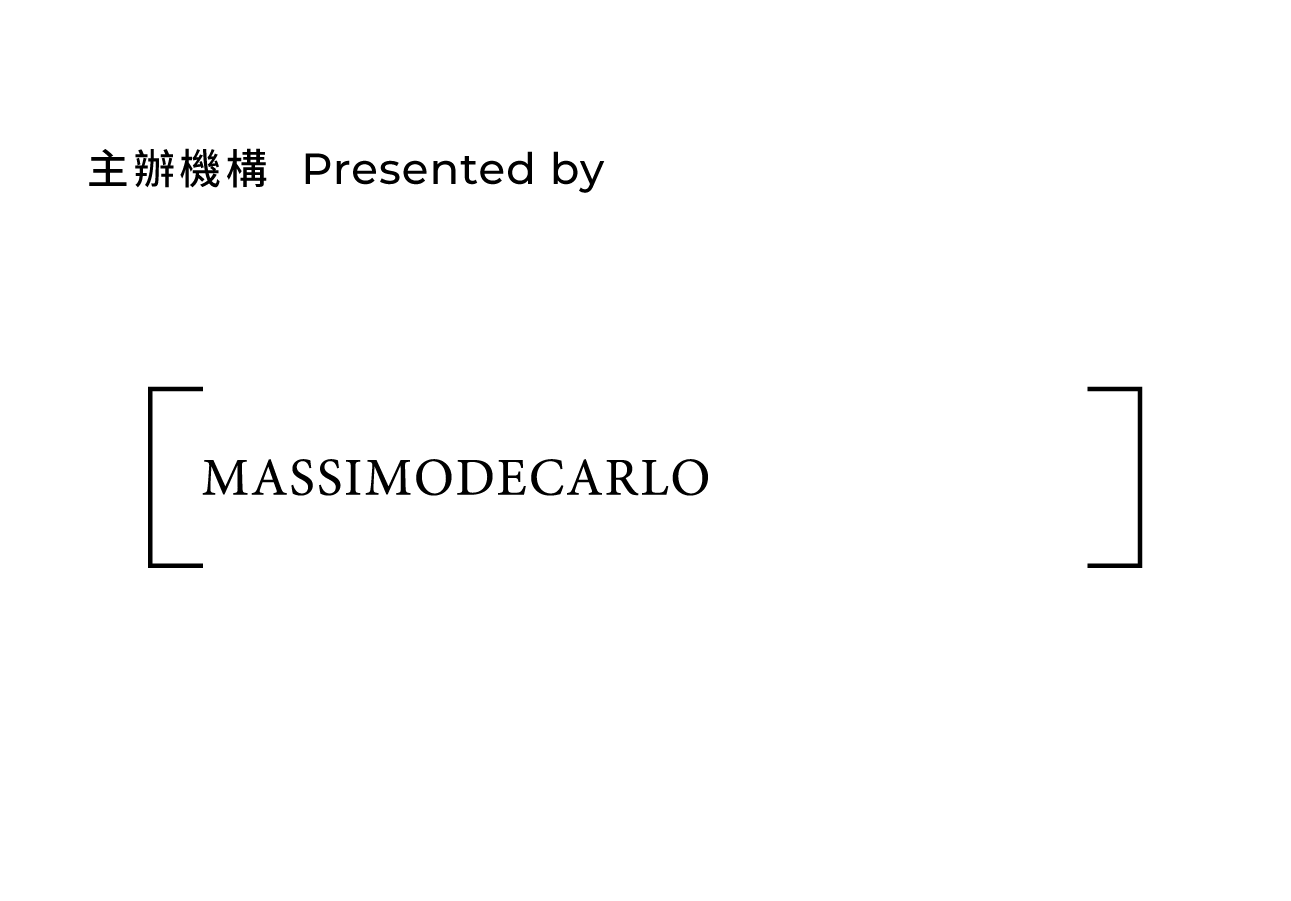Kung Hei Fat Choi
Born in Shanghai in 1960, Yan Pei-Ming grew up amidst the Cultural Revolution in China. Since 1980 the artist has lived and worked in Dijon, France.
The duality of Eastern and Western cultural experiences transpires in Yan's expressive style and meticulous palette. While his works often appear almost abstract at close range, they become increasingly sharper with distance, an effect intended to blur the lines between reality and imagination.
Renowned for his expressionistic, often monochromatic canvases, Yan Pei Ming’s monumental compositions are painted with vigorous, sweeping brushstrokes. His work is immediately recognisable by his use of a two-toned monochrome palette in black and white or red and white, directing the viewer’s attention towards the very subject and composition of his work.
Working from memory or from photographic images, Yan Pei Ming's paintings intertwine both personal and cultural imagery: fame and anonymity, public figures and intimate subjects, dialogue inside his work which is a deep reflection on human condition. The illustration of status and power in traditional portraiture is particularly significant in the artist’s approach, which reconnects with the archetypes of centuries-old conventions of representation. In an era of endless image reproduction and digital consumption, his paintings express the tension between conventional forms of contemporary relevance.
Yan Pei-Ming crystallised the manifestations of power in his portraits of animals, symbols of strength, views of the economic and cultural energies in centralised cities, and historical figures. His subjects, apparently disconnected from each other, are part of a rational approach to reality that explores the symbols and icons of contemporaneity, tracing and amplifying painting tradition and at the same time renewing its language.
Yan Pei-Ming
Born in Shanghai in 1960; he lives and works between Dijon, Paris, and Shanghai.
An artist of international fame, born into the Cultural Revolution during the sixties, Yan Pei-Ming became a propaganda artist under the Maoist regime before emigrating to France in 1981, where he first studied at the Ecole des Beaux-Arts in Dijon, then at the Institut des Hautes-Études en Art Plastiques in Paris.
From the beginning of his career Pei-Ming has stood out for his interest in the human figure and portraiture. He began his series of expressionistic and monumental portraits of Mao Zedong in 1987 before moving on to other world-famous figures like the Buddha, the Pope and Bruce Lee, and private themes like the self-portrait and the figure of the father.
Yan Pei-Ming investigates and discovers in the act of painting how the portrait breaks out of its typical straitjacket and is once again revitalised. The artist famously uses a long, mop-sized brush to create his iconic images, working rapidly with wet-into-wet oil paint, using either a combination of white and black, or red and white paint. With each brushstroke, he literally experiences with his own body the components that form the icon and how those components can be reassembled and given a new meaning.
Website massimodecarlo.com
Instagram massimodecarlogallery
 MASSIMODECARLO
MASSIMODECARLO  25.03 – 11.05.2024
25.03 – 11.05.2024Mon – Sat 10:30 am – 7 pm
 Free admission
Free admission 


